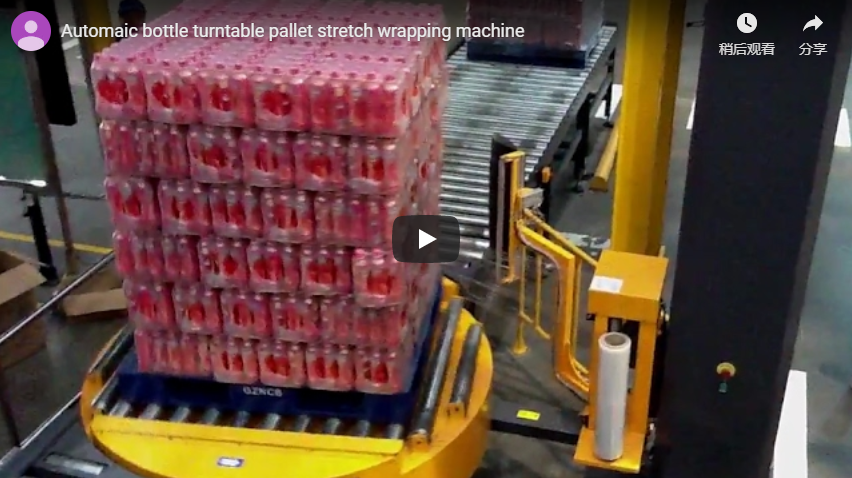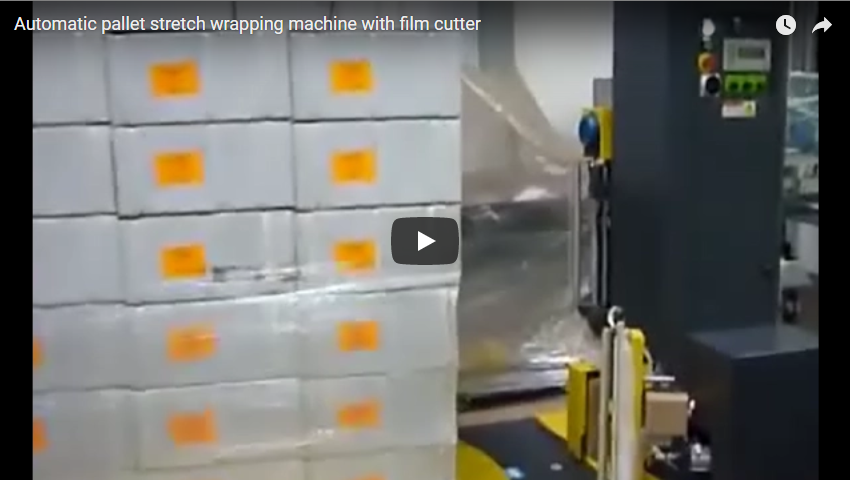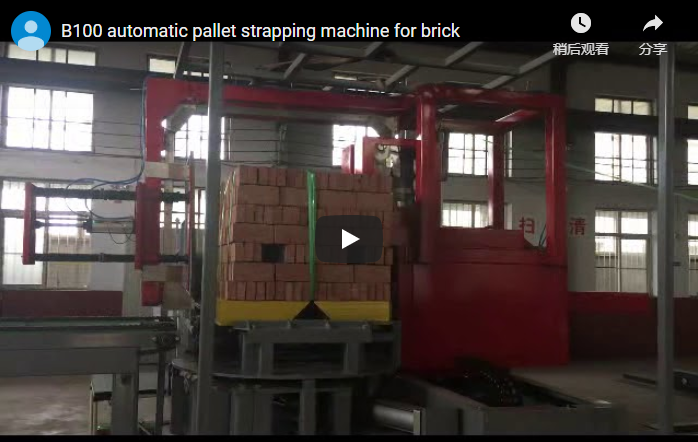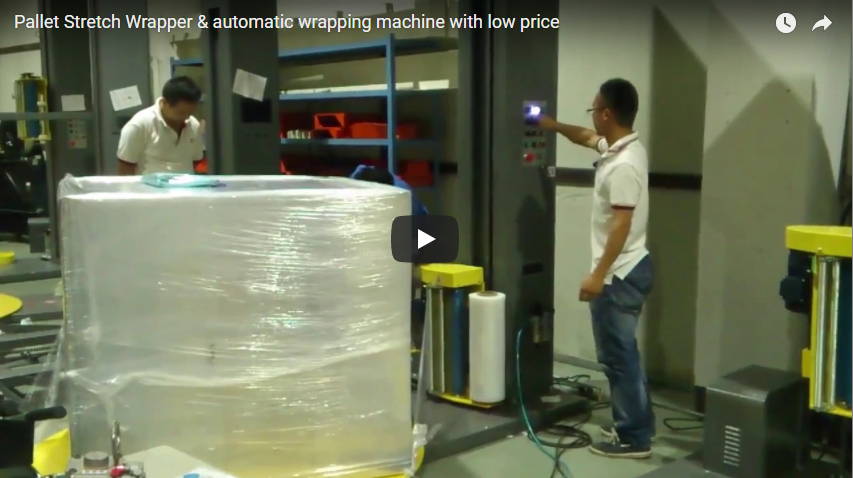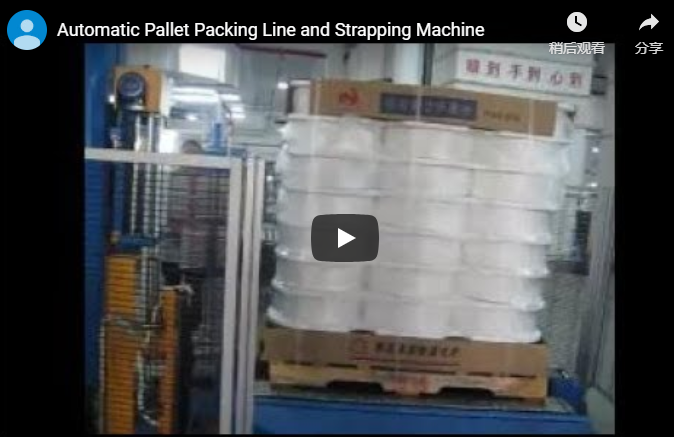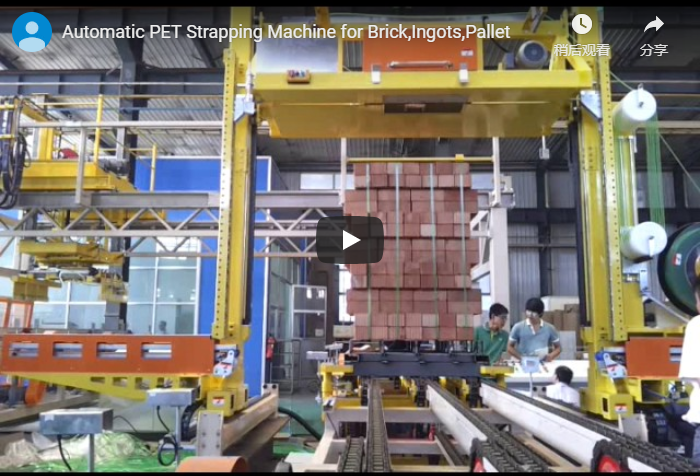Optimizing Load Security: A Closer Look at Automatic & Vertical Pallet Wrappers
In today's fast-paced logistics and manufacturing environments, ensuring palletized loads are secure for transit and storage isn't just best practice – it's critical for protecting products, optimizing space, and maintaining operational efficiency. Manual wrapping methods can be time-consuming, inconsistent, and physically demanding. This is where automated solutions like the Automatic & Vertical Pallet Wrapper step in, offering a significant upgrade in packaging performance.
1. Why Vertical Pallet Wrapping? The Space and Stability Advantage
While horizontal wrappers are common, vertical pallet wrappers address specific challenges. By wrapping the load in a vertical orientation, these machines excel in environments where:
- Space is Premium: Vertical wrapping can allow for tighter storage configurations in warehouses or trailers.
- Load Stability is Key: For certain tall, unstable, or irregularly shaped loads, a vertical wrap combined with appropriate tension control can provide superior containment compared to other methods.
- Integration Needs: They can often be integrated seamlessly into existing conveyor lines or specific packaging cells.
This method helps maximize space utilization and significantly reduces the risk of load shifting during the rigors of transportation and storage.
2. FHOPE's Automatic Vertical Pallet Wrapper: Technical Capabilities
FHOPE emerges as a notable manufacturer in this space, engineering automatic and vertical pallet wrappers designed for multipurpose industrial use. Their machines focus on reliability and efficiency, incorporating technology aimed at boosting productivity and optimizing material usage. Key technical aspects often include:
- Control System: Typically utilizes PLC (Programmable Logic Controller) for precise cycle management and parameter adjustments.
- Wrapping Parameters:
- Adjustable Wrapping Tension: Electronically controlled film tension ensures consistent load containment without crushing delicate products.
- Variable Turntable/Carriage Speed: Allows optimization for different load types and required throughput speeds.
- Programmable Wrapping Cycles: Multiple pre-set or customizable programs for top/bottom wraps, cycle counts, and specific load profiles.
- Film Delivery System: Often features powered pre-stretch units (e.g., up to 250-300%) which significantly reduces stretch film consumption compared to manual or basic mechanical stretch systems.
- Operational Features:
- Automatic film clamp, cut, and wipe system minimizes operator intervention.
- Photo-eye sensor for automatic load height detection.
- Soft start/stop turntable for smooth handling of unstable loads.
- Vertical Wrapping Mechanism: Engineered specifically for stable and consistent vertical film application.
- Safety Features: Integrated safety fencing, light curtains, and emergency stops are crucial for operator protection.
3. Enhancing Efficiency and Consistency on the Floor
From a fabricator's or warehouse manager's perspective, the transition to an FHOPE automatic vertical wrapper translates to tangible benefits:
- Improved Throughput: Automation drastically speeds up the wrapping process compared to manual methods.
- Consistent Wrap Quality: Every pallet receives the same pre-defined wrap pattern and tension, eliminating human variability and ensuring reliable load security.
- Reduced Film Costs: The powered pre-stretch system maximizes the yield from each roll of stretch film, leading to significant material savings over time.
- Labor Optimization: Frees up personnel from the physically demanding task of manual wrapping, allowing them to focus on higher-value activities.
- Damage Reduction: Properly contained loads are less likely to shift or collapse, minimizing product damage during handling and shipping.
Our experience suggests that the consistency offered by automation is one of the most immediate and impactful benefits observed on the shop floor. Predictable wrap quality directly translates to fewer shipping incidents and happier end customers.
4. Operational Considerations and Integration
Integrating an automatic wrapper requires consideration:
- Footprint: Ensure adequate space for the machine and safe operating zones.
- Power Requirements: Verify electrical needs match facility supply.
- Operator Training: While automated, operators need training on basic operation, program selection, film roll changes, and safety procedures.
- Maintenance: Regular preventive maintenance (lubrication, sensor checks, component inspection) is key to long-term reliability. FHOPE machines are generally designed for industrial durability, but adherence to maintenance schedules is vital.
5. Is an FHOPE Automatic Vertical Wrapper Right for You?
These machines are particularly well-suited for industries requiring robust and efficient pallet packaging, including:
- Logistics and Distribution Centers: High-volume pallet handling.
- Manufacturing: Securing finished goods ranging from building materials to consumer products.
- Warehousing: Preparing goods for storage or shipment.
If your operation handles a steady volume of palletized goods and you're seeking to improve packaging consistency, reduce labor and material costs, and enhance load security, particularly where vertical wrapping offers an advantage, then exploring FHOPE's automatic and vertical pallet wrappers is a worthwhile step.
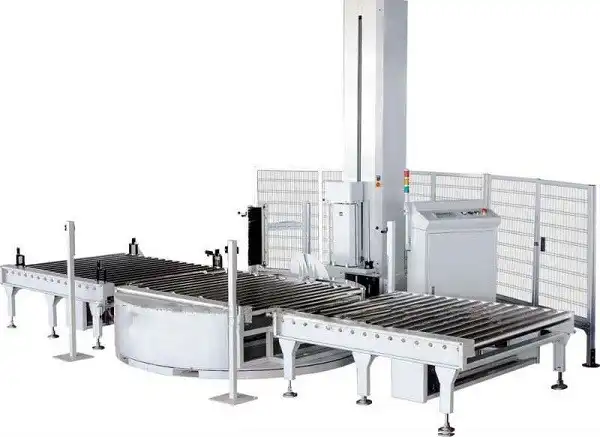
6. Learn More
For detailed specifications and to discuss your specific packaging application needs, consider reaching out to FHOPE directly or exploring their range of solutions.
https://www.fhopepack.com/Stretch_wrapping_machine.html
info@fhopepack.com

